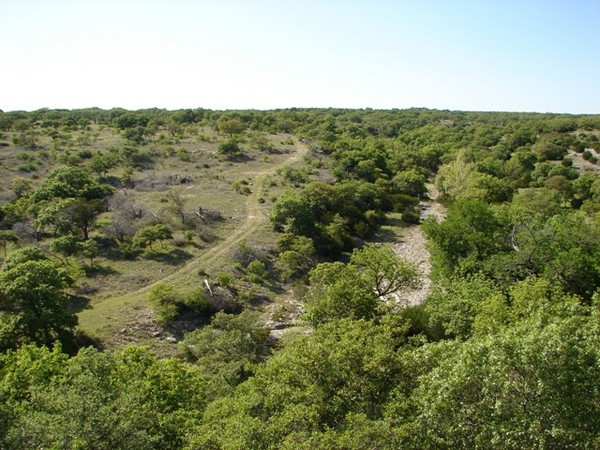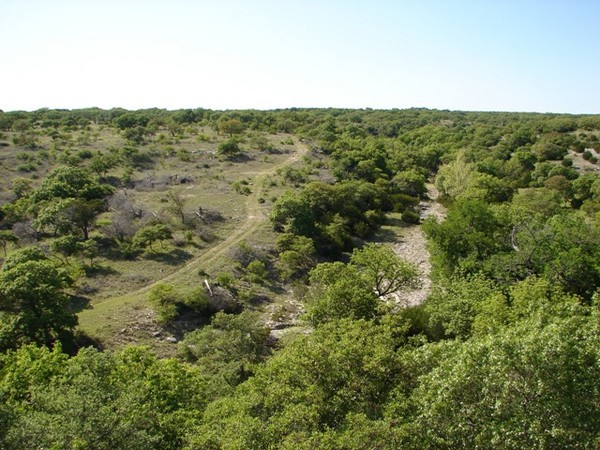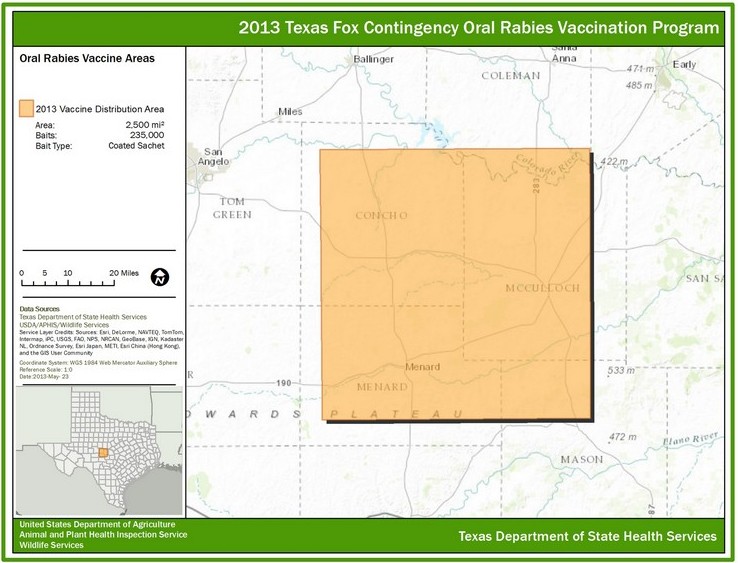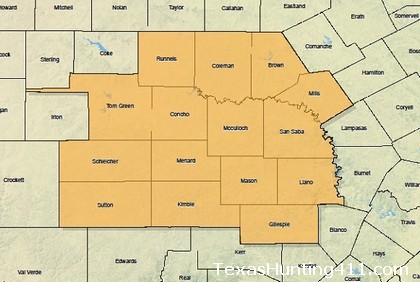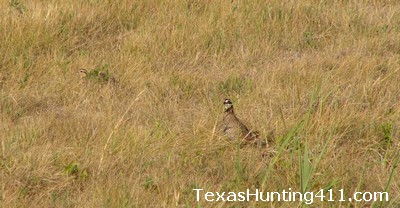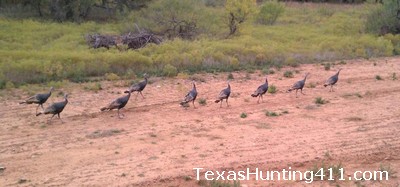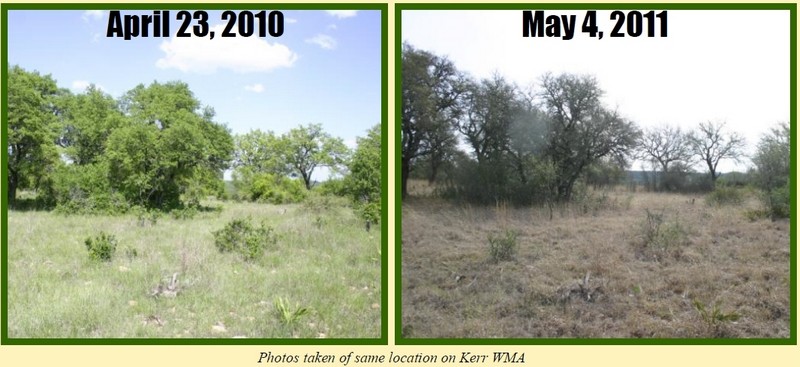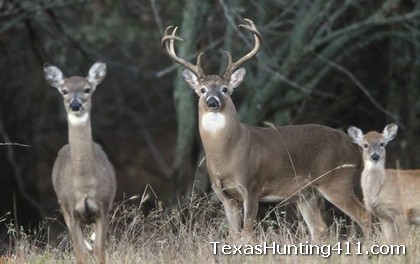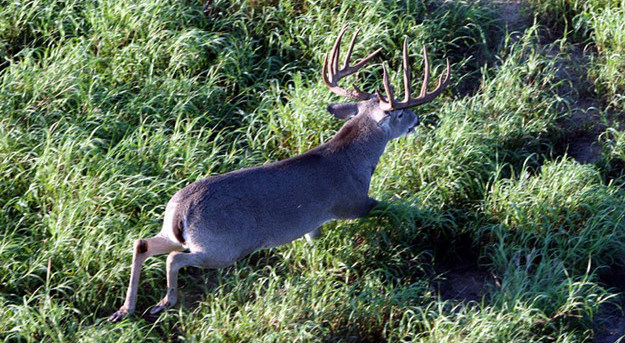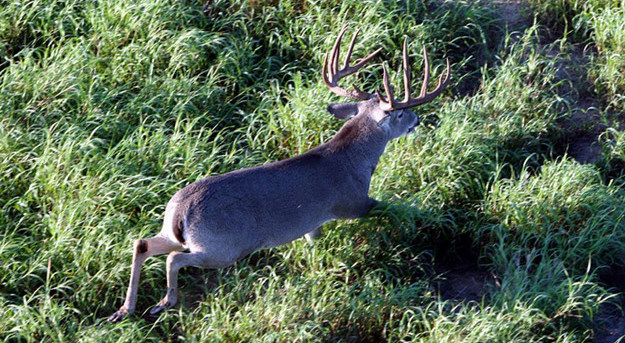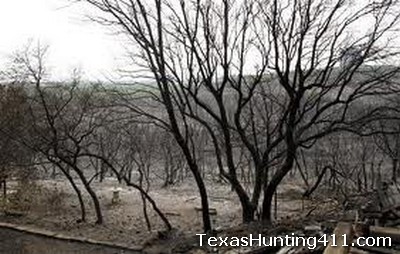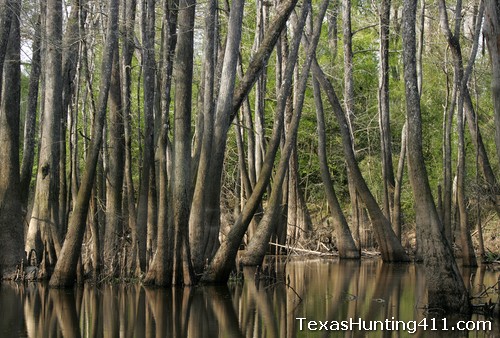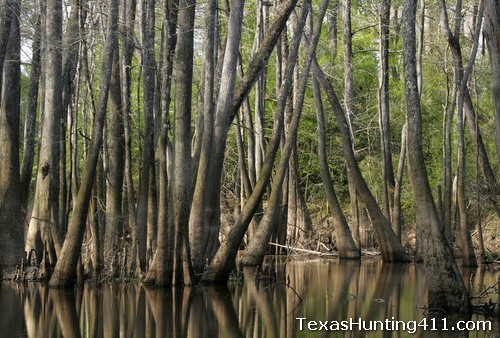The mountains of northern Mexico are home to a very stable population of black bears from which individuals sometimes wander over into the Trans-Pecos and western Edwards Plateau looking for new habitat or to carry out part of their life cycle. In recent years, bears have been documented in several hill country counties that include Val Verde, Crockett, Edwards, Sutton, Schleicher, Kimble, Menard, and Kerr. These sightings and encounters are thrilling, but at the same time, this natural phenomenon is met with apprehension because of the misperception of black bears and how they fit into the Texas ecosystems. This mindset sometimes over-shadows the awesomeness and value of the return of a long removed member of these ecosystems. Black bears in Texas are rare, protected and listed as a State Threatened species.
There are 3 known subspecies of black bears in Texas which include the New Mexico black bear located in the Guadalupe Mountains, the Mexican black bear located in West and Central Texas, and the Louisiana black bear located in East Texas, which is also federally protected. It’s a violation of the law to kill a black bear in Texas and can carry penalties of up to $10,000, civil restitution fines, jail time, and the loss of all hunting privileges.
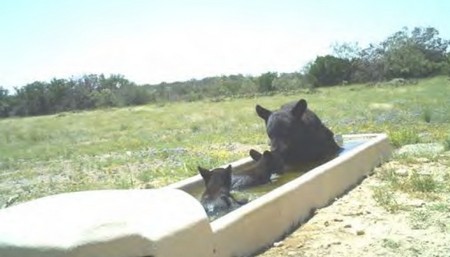
More About Black Bears in Texas
Mature adult black bears weigh between 130-300 lbs. and grow to a length of 4 to 7 feet long. Adult male black bears are larger than female bears. Black bears have a straight face with flat shoulders, semi-pointed ears, round head, and a short tail. The fur color can vary from black to chocolate brown with gray combinations. Adult bears as well as cubs are excellent climbers.
Black bear paws have short claws to help them climb, dig, gather plant food, and attack small mammals. They use their claws like fingers when they eat. Their front footprints or tracks have an oval base with a curved toe line. The hind paw will have a triangular indentation and the toes are spread out. They also possess an acute sense of smell which they use to their advantage. The black bear is very adaptable, intelligent and quite curious. But on the other hand, this smaller bear species is very shy and generally avoids confrontations by fleeing the area when given an opportunity to do so.
The black bear mating season or breeding usually occurs from May through August with a gestation period of 60 to 70 days. Females generally mate every other year. Mexican black bears do not experience a long term hibernation episode. Birth occurs during January or early February with a litter size of 1 to 3 cubs that are born with their eyes closed and weigh about 1 pound. Baby cubs will stay close to their mother for about 1-1/2 years before leaving to establish their own home territory. As adult bears, male home ranges are very large and can average 20,000 acres; female home ranges are smaller and can average 5,000 acres.
Black Bear Diet
Bears are considered omnivores and by nature are opportunistic feeders that will eat just about anything that is available to them. Their food habits in the Hill Country are very diverse. Approximately 80% of their diet consists of vegetation such as sotol, Texas persimmon, prickly pear cactus, agarita berries, acorns of different species, plant roots, tubers and various grasses. In addition to vegetation, their diet also consists of insects such as ants, grubs, termites and beetles. Small mammals such as rodents, rabbits and of course carrion, often in the form of road kills, are also eaten by black bears.
Bears can become habituated to unnatural or manmade attractants such as the following: garbage in dumpsters or landfills, pet foods, and deer feeders filled with corn or protein pellets. Once bears are habituated to these “easy and accessible” foods, they are very hard to drive away and break this negative habit.
If You Encounter a Black Bear in Texas
The likelihood of having a bear encounter in the wilds of Texas would be uncommon. Within the Hill Country a majority of the reported bear sightings have been associated with some type of manmade food item. Hunters have asked, “What do I do on the deer lease if I encounter a bear?” It is very important to remember that all bears are protected in Texas. In the past, feral hogs have been misidentified for black bears, especially during low light conditions when hunting. Key feral hog physical characteristics include a long head with pointed ears, a definite snout, and eyes positioned on the sides of the head. In comparison, a black bear’s head is rounded with semi-pointed ears and forward-oriented eyes.
Black bears are normally shy and not aggressive toward humans, but if you do encounter a black bear in the wild at close range, talk in a calm manner while slowly backing away. DO NOT MAKE DIRECT EYE CONTACT and DO NOT RUN! This can trigger a bear’s chase instinct. NEVER APPROACH A BEAR! But if a bear approaches you, stand your ground and make yourself appear larger by raising your arms, backpack or jacket. Yell at the bear to scare it off and if by chance you are attacked, fight back aggressively with anything available. Let the bear know you are not easy prey and, by all means, do not play dead when attacked by a black bear.
Tips for Dealing with Texas Black Bears
Recommendations for hunters and the general public in Texas to minimize the likelihood of having a black bear encounter include:
- Keep headquarters or camps clean to prevent odors that attract bears – Black bear sense of smell is 100 times better than humans and they can smell food items up to 5 miles away
- Store pet food items and other attractants in a secure place
- Modify trash dumpster lids and keep them locked from any bear access
- Hunters can use automated feeders hung 8-10 ft. above the ground and out of reach of bears
- Use deterrents such as electric fencing or unwelcome mats made with 1” nails to keep bears away from buildings and feeders
- Do not offer deer corn in piles or in open feeders
- Discard gut piles away from any human structures
- If a bear regularly visits your deer stand, scare it away with rocks, a slingshot or air horn
Texas State Officials and Bears
Texas Parks and Wildlife Department (TPWD)policy is to use “aversive conditioning” techniques on nuisance black bears rather than trapping and transplanting. Aversive conditioning associates a negative stimulus such as pepper spray or noise makers with unwanted behavior – in this case coming near humans, human food or human developments. The TPWD’s Official Response Policy is to respond to all black bear sightings or interactions and complete a sighting-incident report. It is recommended that citizens report all black bear sightings to their local TPWD Office.
